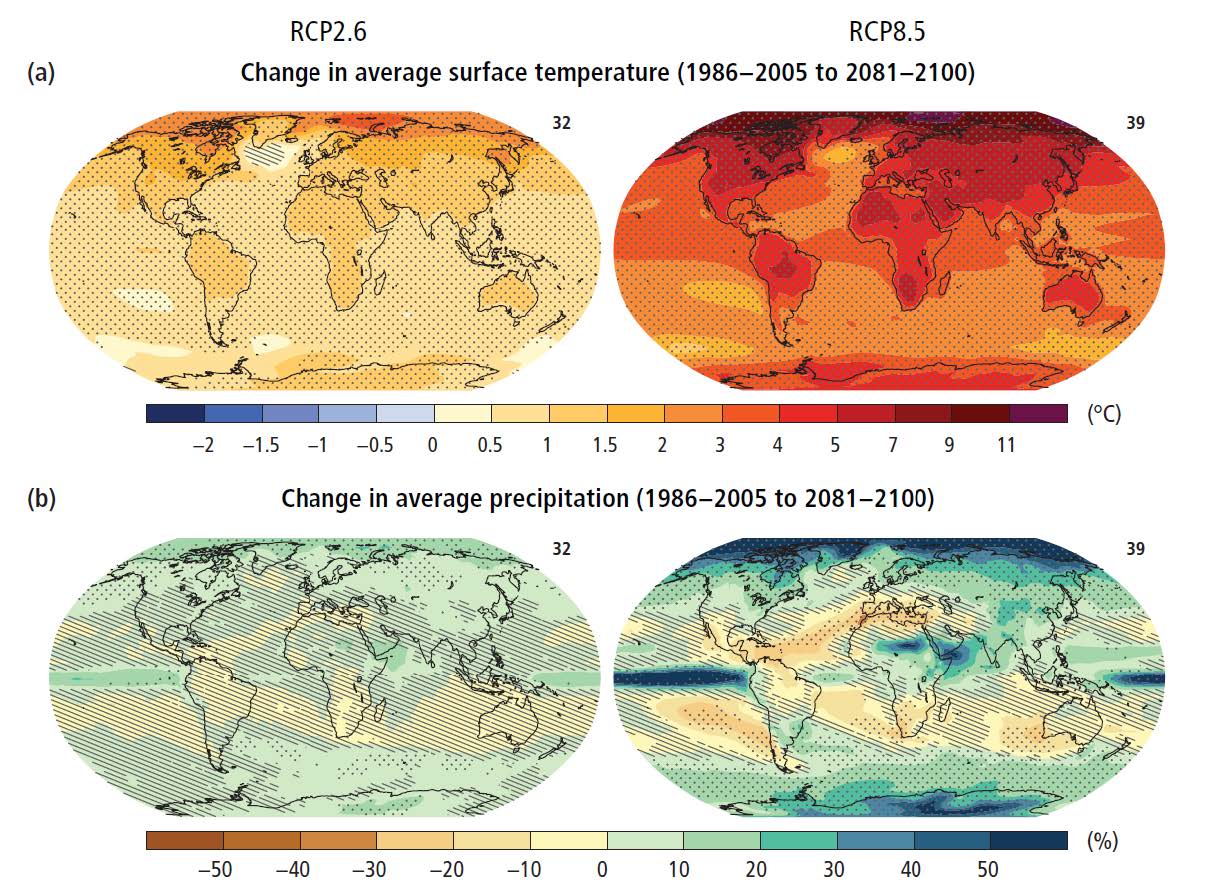MS. QI GAO’S THESIS LECTURE


ABSTRACT:
The estimation of the water resources of the continental surfaces at a regional and global scale is fundamental for good water resources management. This estimation covers a wide range of topics and fields, including the characterisation of soils and water resources at the basin scale, hydrological modelling and flood prediction and mapping. In this context, the characterisation of the states of the continental surface, to obtain better input parameters for hydrological models, is essential to improve the precision in the simulation of flows, droughts, and floods. The estimation of the water content in the system, including the different water bodies and the free water in the soil, is especially necessary for a precise description of the hydrological processes and, in general, of the water cycle on the continental surfaces. To better characterise hydrological processes, human interventions cannot be neglected. Humans influence the water cycle, mainly through irrigation and the construction of reservoirs, which must be correctly quantified.
The objective of the thesis is the improvement of the remote estimation of water resources, including the quantification of human factors, using several sensors recently launched, taking advantage of recent developments in remote sensing technology. With the arrival of the Sentinel constellations (Sentinel-1, 2, 3), we have better tools to estimate water resources, including human impacts, with greater precision and coverage.
This thesis consists mainly of two parts where human interventions in the water cycle are considered: irrigation cartography (as an application of soil moisture), and the forcing of reservoirs in hydrological simulations (as an application of altimetry).
Firstly, soil moisture is estimated from the statistical analysis of Sentinel-1 SAR data. Two methodologies are developed to obtain soil moisture with a spatial resolution of 100 m based on the interpretation of Sentinel-1 data collected with the VV polarization (vertical-vertical), which is combined with optical data of Sentinel-2 for the analysis of the effects of vegetation.
Secondly, irrigation is mapped under various meteorological conditions, including high spatial and temporal resolution. A methodology for irrigation mapping is proposed using SAR data obtained in VV (vertical-vertical) and VH (vertical-horizontal) polarizations. With Sentinel-1 time series, different statistics and metrics are analysed, including the mean value, the variance of the signal, the correlation length and the fractal dimension, based on which the classification of irrigated trees, irrigated crops, and non-irrigated crops are derived.
Finally, the level of the reservoirs is estimated from the Sentinel-3 altimetry data, with the SAR altimeter (SRAL), based on different algorithms to improve the accuracy. This study presents three specialised algorithms or retrackers designed to obtain the level of the surface of the studied inland bodies of water, minimising the contamination of the waveforms due to the surrounding soil. The performance of the selection method of the proposed wave portion is compared with three retrackers, that is, the centre of gravity retracker (OCOG) and the two-step physical-based retracker. Temporal series of the water level of reservoirs located in the basin of the Ebro River (Spain) are obtained.
As an application, the level series of the reservoirs obtained are used to force the reservoirs in hydrological simulations.
Keywords: Water resources, remote sensing, synthetic aperture radar (SAR), soil moisture, altimetry, Sentinel